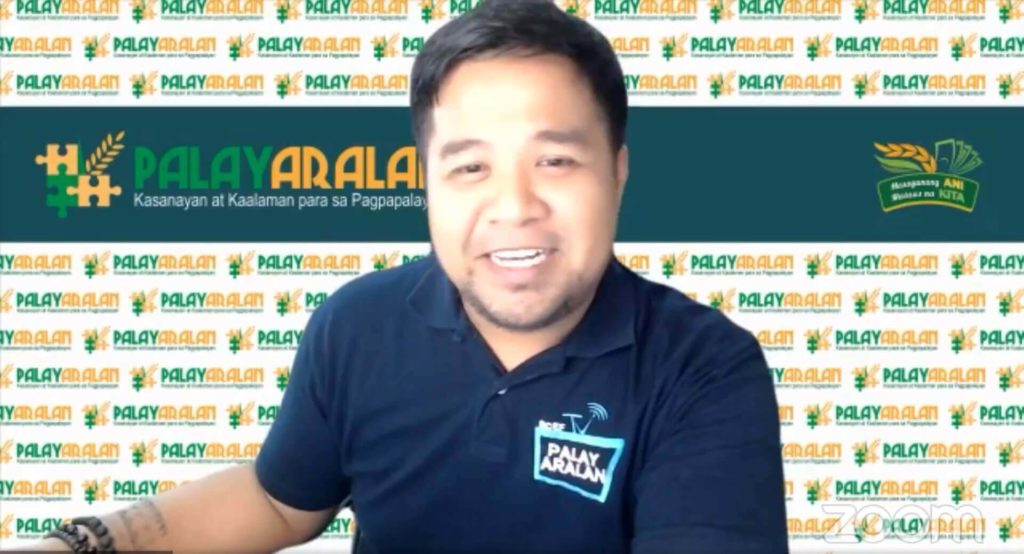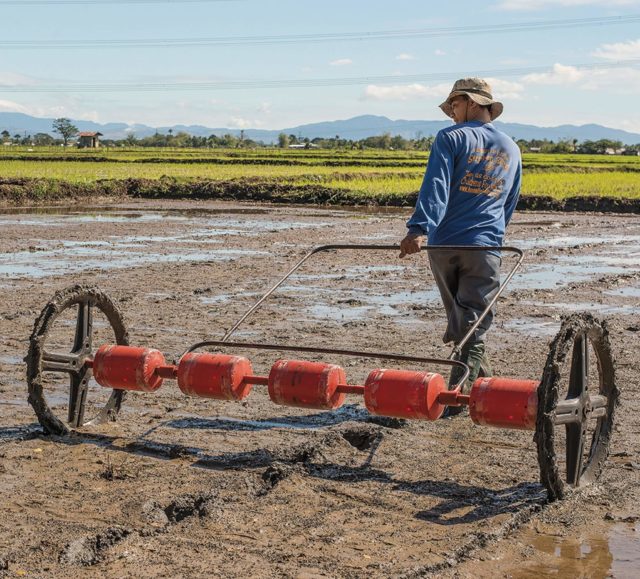SCIENCE CITY OF MUÑOZ (PIA) — Philippine Rice Research Institute (PhilRice) gave tips in preparing healthy seedlings for rice planting.
Healthy seedlings have short leaf sheaths and long dense roots, which grow uniformly and have no pest damage.
PhilRice Community Relations Office Science Research Specialist II Jonathan Cabral explained that with uniformed growth, healthy seedlings produce a good canopy where each plant gets enough sunlight and soil nutrients that provide the potential for higher yields.
“Sowing the right amount of seeds results in strong and healthy seedlings,” he pressed.

For Transplanted Rice (TPR), the recommended seeding rate is 20-40 kilogram/hectare (kg/ha) of high quality rice seeds.
Moreover, the recommended seeding rate for Direct Wet-Seeded Rice (DWSR) is 40-60 kg/ha for row seeding and 60-80 kg/ha for broadcast seeding.
“For TPR, make a seedbed with enough space and water sources for seedlings to grow.
It should be far from the field with infection or disease to prevent the seedling from being affected,” Cabral furthered.
The seedbed should also be away from the pole lights to protect the plants from pests as well as rats, birds, and snails that may eat the seeds.
Cabral stressed that cutting the leaves of seedlings before transplanting could result in the entry of organisms that may cause disease to the plant.
For DWSR, he urged farmers to use drumseeder or broadcast pre-germinated seeds evenly onto the field.
It is also important to assess the health status of seedlings by properly taking samples from three separate areas in the field to find out if it has damage or disease.
For inquiries and additional guidance on rice planting, farmers may contact the PhilRice text center hotline at 0917-111-7423. (CLJD/CCN-PIA 3)





